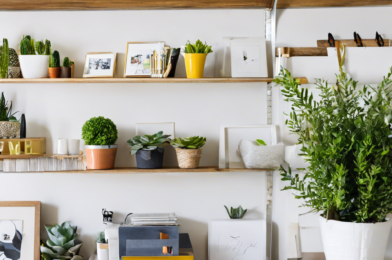Wall paneling is an increasingly popular DIY trend that can add character and visual appeal to your home. It may seem like a daunting task, but with the right tools, some patience, and a creative vision, you can easily achieve professional-looking results. This beginner’s guide will walk you through the process, step by step, ensuring that your DIY wall paneling project is a success!
The first step is to measure and mark the wall where you want to install the paneling. Use a level to ensure that your panels are straight and even. It’s important to plan out the layout beforehand, including any cutouts for electrical outlets or switches. Take precise measurements and mark the wall accordingly to ensure a seamless installation. Consider the overall design and whether you want to create a specific pattern or layout with the panels.
Gathering the necessary tools and materials is key to a smooth installation process. You will need panels of your choice, which could be wood, MDF, or alternative paneling options. Ensure you have the appropriate adhesive or fasteners, such as construction adhesive, finishing nails, or a nail gun. A stud finder, level, measuring tape, and a miter saw for cutting the panels are essential. Don’t forget safety gear, including eye protection and a dust mask.
Preparing the wall is crucial for a smooth and durable installation. Remove any outlet covers and switch plates, and fill in any holes or cracks with spackling compound. Sand the wall to create a smooth surface, and if you’re applying paneling to a painted wall, consider scuffing the paint with sandpaper to help the adhesive bond better. Cleaning the wall with a damp cloth to remove any dust or grime is also important to ensure a solid adhesion.









